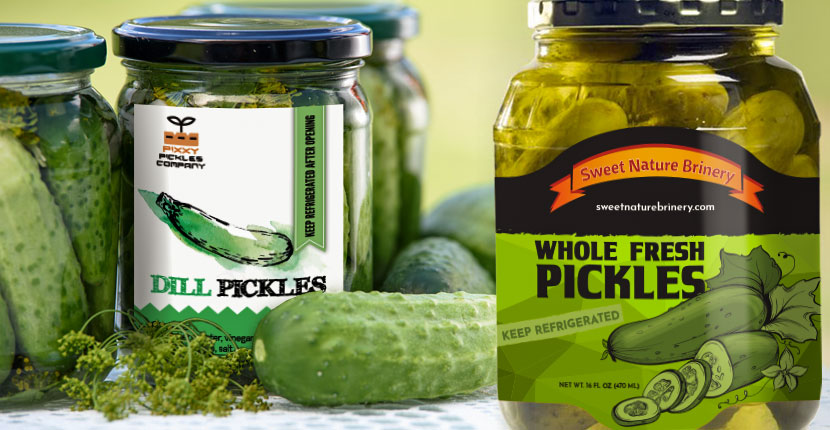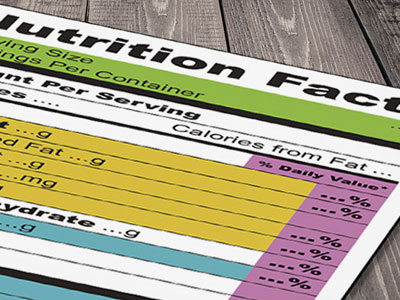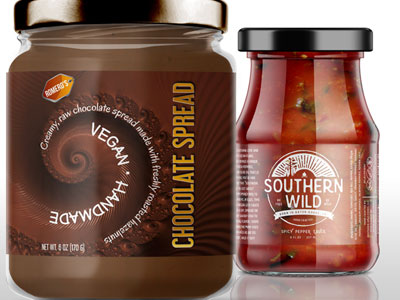Started by ancient Mesopotamians, the habit of cucumber preservation by pickling continued over time and evolved with technology. Pickles are very popular today, and it is estimated that over 2.5 billion pounds are consumed in the US each year.
Pickles are made from cucumbers that are preserved in vinegar, salt, and possibly some spices such as dill, or additional ingredients such as sugar, aspartame or saccharine. They are then left to ferment in a sort of acidic solution that contains naturally occurring bacteria. Technically, a variety of foods can be pickled (for example, peppers, carrots, cauliflower, even meat and fish), but the word “pickles” refers to pickled cucumbers.
How Are Pickles Produced
There are three types of pickles based on their production:
Refrigerated pickles are made when fresh cucumbers are immersed in a pickling liquid and kept in the refrigerator during the fermentation process. They turn out very crispy. They are usually kept in the refrigerators in stores and have to be kept in the fridge at home as well. They don’t last as long as fresh or processed pickles.
Processed pickles are fermented for 1-3 months in large tanks full of salt brine solution. After fermentation, they are put in jars with additional seasoning. They usually have a very sharp taste and dark green color.
Fresh pickles are immersed in vinegar and seasonings and placed in jars or packs that are then vacuum-sealed. These pickles are heat treated or pasteurized, which makes them safer for consumption and longer lasting.
Food Labeling Guidance for Pickle Packers
Pickling cucumbers is a long process that involves cucumber harvesting and quality control, preservation, processing, packaging, pasteurization, sealing, etc. Once the production process is complete, the product needs to be packaged, labeled and distributed.
Labeling pickles is regulated by the U.S.Food and Drug Administration that provides a specific set of labeling guidelines for food manufacturers. The regulations differ from one type of food to the next, but there are some basic label elements that most packaged food products, including packaged pickles, need to have:
- Statement of identity (“Pickles” or “Pickled product”),
- Net weight of contents
- The pickle packer’s address
- Ingredients list
- Nutrition facts label
The net weight doesn’t need to be included if the packaging is clear and consists of one or two whole pickles. In that case the packaging can only contain information about the pickles count.
Aside from mandatory information, pickle producers need to include additional details depending on the way their product was produced. For example, if the pickles are refrigerated during the fermentation process, the labels need to include an expiration date of the product. If the pickles are sold fresh, the label needs to include a “Fresh pack” sign. More information on food labeling can be found at www.fda.gov.
Designing and Printing Pickle Labels
Using accurate and stylishly designed labels for pickle jars, containers and other types of packaging is vital to preserving the company’s professional image and facilitating the team’s marketing efforts. Visually stimulating and informative labels are the first thing that a customer will notice on a new product. They will not be interested in testing the product’s taste and quality unless the label meets their standards. Also, if the label peels off the pickle jar or if the ink smudges and makes important information difficult to read, chances are that the customer will turn to the competition.
The Food Packaging Labels design and printing experts specialize in creating quality pickle labels and tags that stay affixed to the product in hot or cold conditions. If you are a pickle manufacturer, you will probably be interested in our wide selection of stock and adhesive materials that we use to create custom labels according to your preferences. However, we also provide a variety of blank labels ranging in size and shape. Take a look at what we offer (at very affordable prices!) and contact us to discuss your labeling needs.



